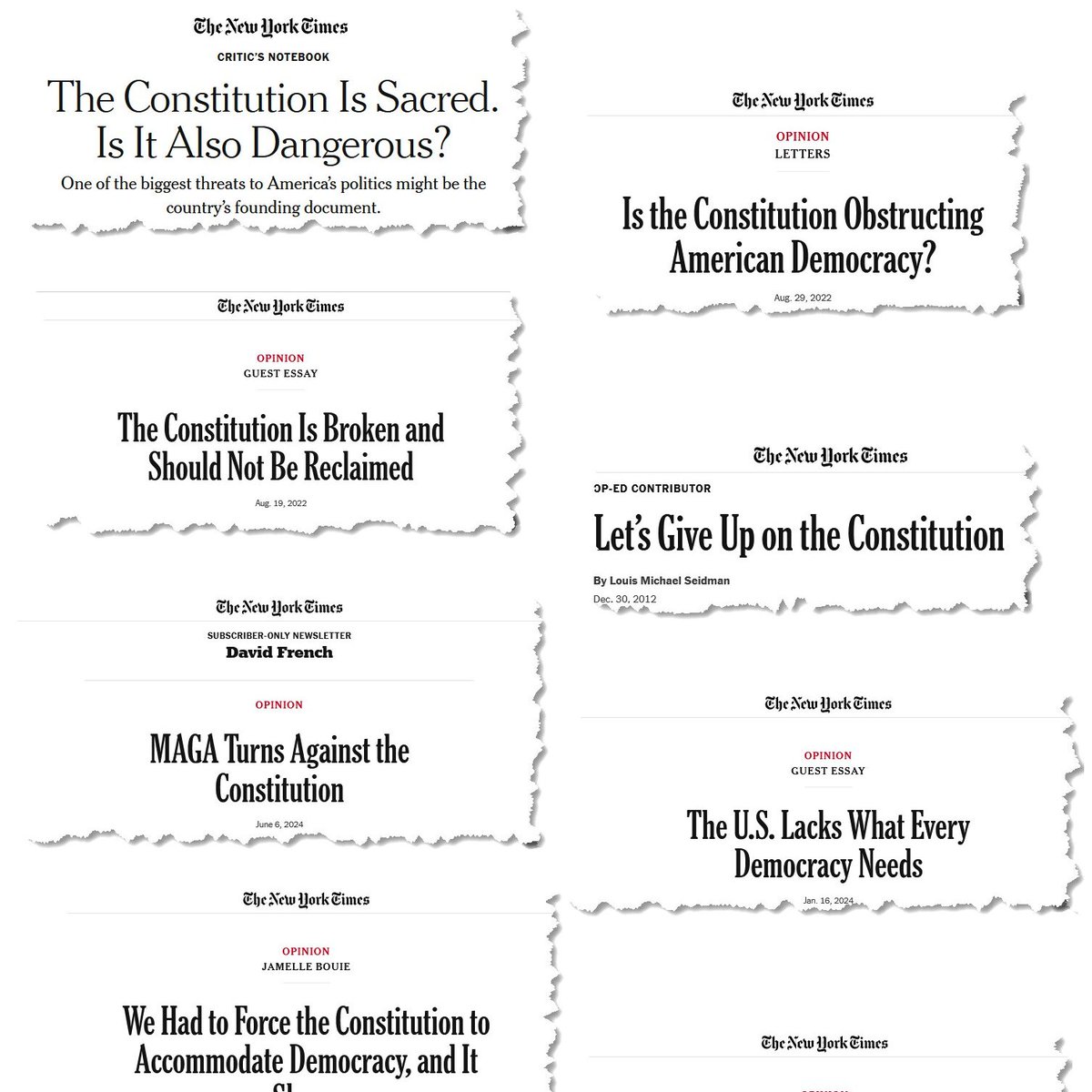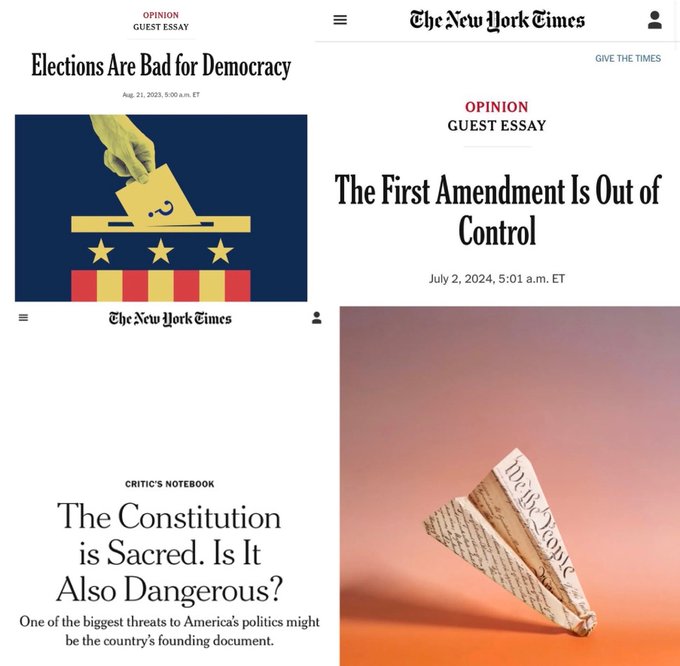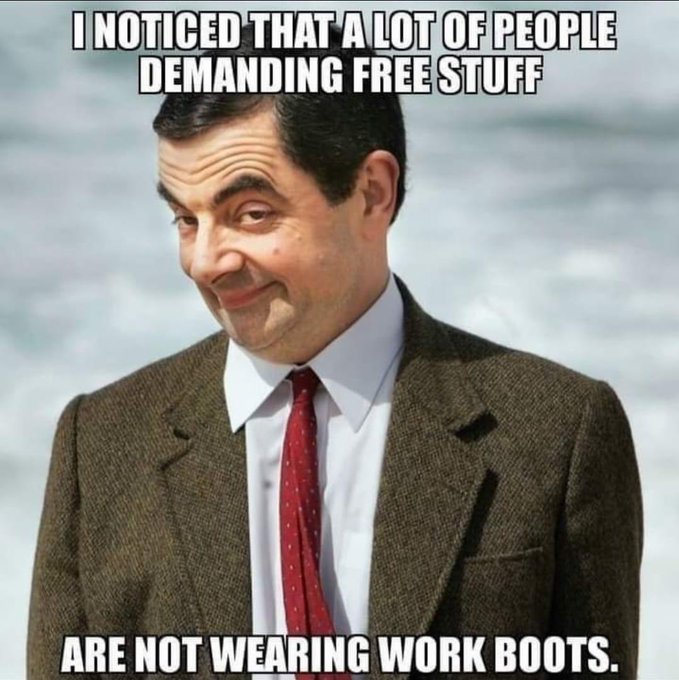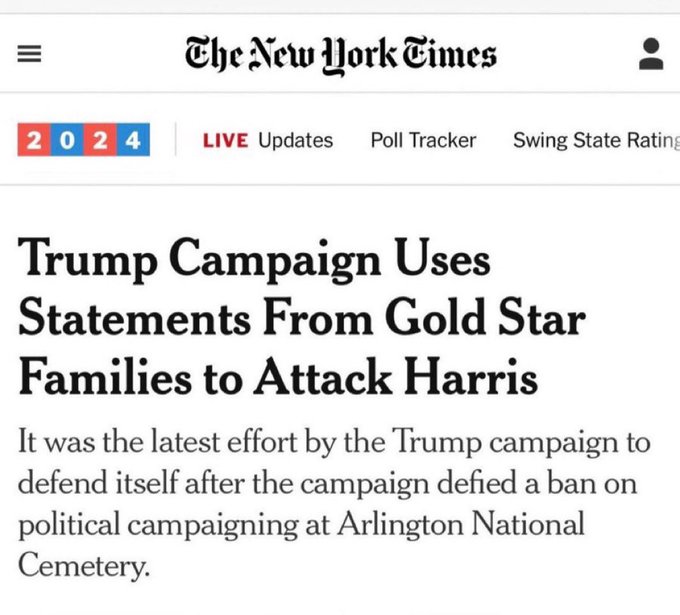An interesting thing is happening within the circuit courts, those judges who are tired of seeing the majority rubber stamp any infringement a state wants, are speaking out.
They are taking their lead from Thomas, Van Dyke and others who have spoken up to shed light on just how badly these rogue judges are behaving.
This unorthodox procedural posture bears some explanation. After hearing the case in December 2022,
the initial panel majority reached a decision and promptly circulated a draft opinion. Yet for more than a year, no dissent was circulated. The panel thus held the proposed opinion in accordance with our custom that majority and dissenting opinions be published together. A year later—as the proposed opinion sat idle—a different panel heard arguments in
United States v. Price (No. 22-4609), which also involved interpreting and applying
Bruen. The
Price panel quickly circulated a unanimous opinion that reached a conclusion at odds with the
Bianchi majority’s year-old proposed opinion. Facing two competing proposed published opinions, the Court declined to let the earlier circulated opinion control. Rather, in January 2024, we “invoked the once-extraordinary mechanism of initial-en-banc review.”
Mayor of Balt. v. Azar, 799 F. App’x 193, 195–96 (4th Cir. 2020) (Richardson, J., dissenting). I hope that we will not find ourselves in this posture again soon. Cf.
United States v. Gibbs, 905 F.3d 768, 770 (4th Cir. 2018) (Wynn, J., voting separately) (suggesting that majority opinions may be issued without awaiting dissenting opinions to prohibit those dissenting opinions from exercising a “pocket veto” to “deny or delay fairness and justice”).
—
No. 114 Dominic Bianchi v. Anthony Brown, No. 21-1255, slip op., n. 2 (4th Cir.) Richardson, dissenting.
This explains the game. The majority of the Bianchi merits panel found for The People. The minority refused to write his dissent. Because of “traditions”, the merits panel did not issue their opinion, instead waiting for the dissent.
Meanwhile, the Fourth was waiting for another 2A case to show up. That would be Price.
The Price panel decided the “plain text” question was worthy of considerable attention. Since Mr. Price was charged with a criminal act, the panel decided he wasn’t a part of The People. To use their words:
Again,
Bruen’s first step requires us to evaluate whether “the Second Amendment’s plain text covers an individual’s conduct.”
Bruen, 597 U.S. at 24. The
Bruen Court asked three questions to resolve this inquiry: (1) whether the petitioners were “part of the people whom the Second Amendment protects”; (2) whether the weapons regulated by the challenged regulation were “in common use” for a lawful purpose, in that case, “self-defense”; and (3) whether the Second Amendment protected the petitioners’ “proposed course of conduct.”
Id. at 31–32 (
cleaned up).
—
United States v. Price, No. 22-4609, slip op. at 11,12 (4th Cir.)Boy is it cleaned up.
1) It is undisputed that petitioners Koch and Nash—two ordinary, law-abiding, adult citizens—are part of “the people” whom the Second Amendment protects.
—New York State Rifle & Pistol Assn., Inc. V. Bruen, 142 S.Ct. 2111 (U.S. 2022) So the fourth is going down the path that the definition of “The People” in the Second Amendment is a subset of The People as used in the rest of the Constitution.
2) In common use, was not part of “plain text”. It was a reference to Heller‘s work, which states that the state cannot ban weapons in common use.
This is essential to note and understand. A weapon that is in common use cannot be banned. This does not mean that weapons that are NOT in common use may be banned. If a weapon is not in common use, then the government bears the burden of proving that there are firearms regulation in this Nation’s history which match the modern-day infringement.
3) “Shall not be infringed?” That appears to be pretty clear-cut.
There are 84 pages of this twisting of language in Price all to get to the point where they say “The plain text of the Second Amendment does not encompass the proposed conduct.”
The gist of this argument is the self-centered arrogance of the Fourth Circuit and the Seventh Circuit. When Justice Thomas wrote: Despite the popularity of this two-step approach, it is one step too many. Step one of the predominant framework is broadly consistent with Heller, which demands a test rooted in the Second Amendment’s text, as informed by history. …
—id. at 10 he did not claim that any of the Circuit Courts got it right, just nearly so.
Nevertheless, the Fourth circuit believes that Justice Thomas was speaking about them as having been “broadly consistent” with Heller in the past. Since they are the exception, they must have gotten it right the last time. Thus, they are correct in thinking that “plain text” has anything to do with common use.
In common use is only of use to The People. If an arm is in common use, it cannot be banned.
In Bianchi, the Fourth issued Price first, used that to justify their “We were broadly consistent before, we still are.”
So, in the minds of the Fourth circuit court, “plain text” is a sophisticated problem requiring detail examination of the etymological meaning of each word and phrase, ignoring the Heller Court doing exactly that, for them.














